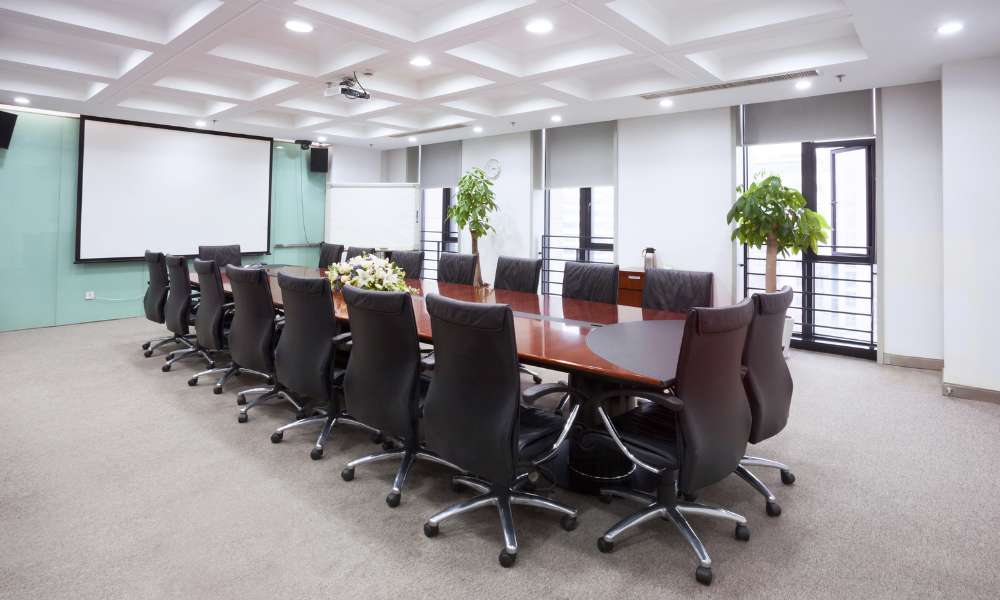A conference chair is more than just a piece of furniture; it’s an essential element for comfort, productivity, and professionalism during meetings, seminars, or corporate events. Whether you’re organizing a large conference or attending one, the right chair can significantly impact how attendees feel and engage. But what exactly is a conference chair, and why should you care about choosing the right one In this post, we’ll dive into the key features of a conference chair, the various types available, and how to select the perfect chair to enhance your next professional gathering. Read on to discover why this seemingly simple choice is so crucial.
Understanding What A Conference Chair Is
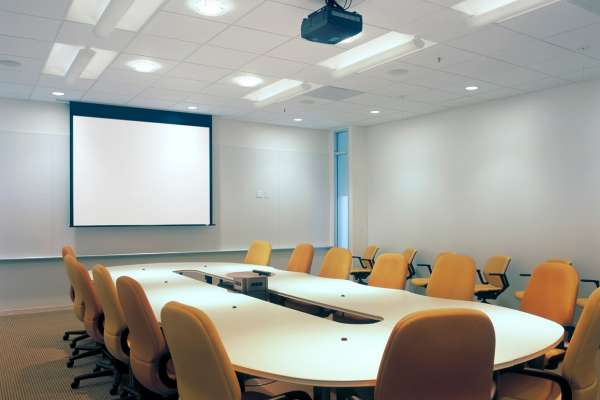
The primary function of a conference chair is to offer comfort during lengthy meetings while promoting an atmosphere conducive to focus and collaboration. These chairs are typically lightweight yet durable, made with materials that balance both form and function. The design of a meeting chair often includes cushioned seats, armrests, and adjustable backs to ensure the user remains comfortable even during extended periods of sitting. It is not just about sitting—it’s about enhancing the meeting experience, whether it’s a brainstorming session, a client pitch, or an executive review.
Key Features of a Conference Chair
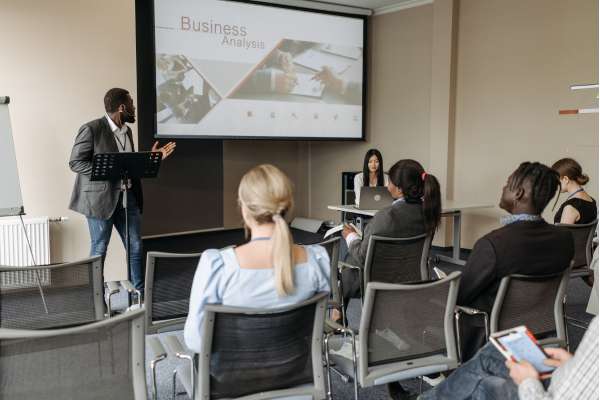
The hallmark features of a conference chair encompass consolation, sturdiness, and adjustability. First and predominant, the seat and backrest must offer ok lumbar assist to promote the right posture. Many assembly chairs additionally consist of adjustable armrests, seat heights, and tilt mechanisms to deal with an extensive range of body kinds and alternatives. Additionally, the fabric of the chair plays an important role in its consolation and sturdiness, with many Kedar made from breathable fabrics or leather-based that enhance both comfort and style. Some models also include features like swivel skills or casters for smooth mobility.
Types of Conference Chairs
There is no “one-size-fits-all” solution when it comes to conference chairs. Several types are designed to meet the varying needs of modern meetings:
- Executive Conference Chairs: These chairs are the epitome of luxury and comfort, often featuring high backs, plush upholstery, and advanced ergonomic features. They are ideal for executive boardrooms or high-level meetings.
- Stackable Conference Chairs: These Kedar are perfect for spaces that require flexible seating arrangements. They can be stacked when not in use to save space, making them an excellent choice for large events or meetings.
- Guest meeting Chairs: These are generally smaller, more compact Kedar designed to be used by visitors or attendees who may not be seated for long periods.
- Armless meeting Chairs: These are ideal for spaces where minimal design and maximum space efficiency are needed, offering a sleek, simple option without compromising on comfort.
Choosing the Best Conference Chair for Your Needs
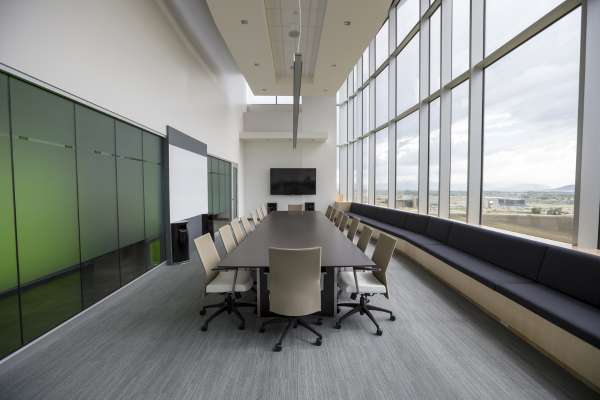
Selecting the best meeting chair depends on several factors, including the nature of your meetings, the number of attendees, and your office design. For executive meetings, you may want a chair that offers luxury and comfort, while a meeting room with many attendees may benefit from stackable or armless chairs for space efficiency. When choosing the ideal chair, it’s essential to prioritize comfort without sacrificing style. Ensuring that the chair aligns with your office’s overall aesthetic will help maintain a professional atmosphere.
The Ergonomics of A Conference Chair
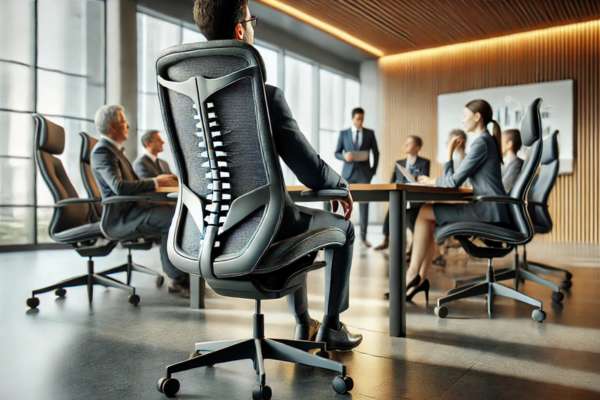
Ergonomics plays a pivotal role in the design of conference chairs. A well-designed ergonomic chair supports the spine’s natural curve, reduces pressure on the lower back, and promotes proper posture. This becomes especially important during meetings that last several hours. Features like lumbar support, adjustable armrests, seat depth, and height adjustment should all be prioritized when selecting an ergonomic meeting chair. An ergonomic design can help prevent fatigue and discomfort, enabling participants to stay focused and engaged throughout the meeting.
Conference Chair Styles to Complement Your Office Décor
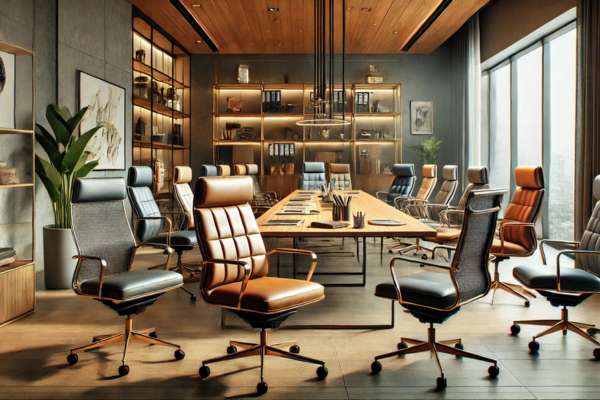
The design and style of a conference chair should complement the office environment and reflect the tone of the meetings held within that space. For a modern, minimalist office, sleek, contemporary meeting chairs in neutral tones may be the ideal choice. For more traditional offices, upholstered Kedar with rich fabrics, such as leather, may offer a more refined look. The chair’s design should not only be aesthetically pleasing but also create an atmosphere that fosters collaboration, focus, and professional engagement.
Investing in Conference Chairs Budget vs. Quality
When it comes to conference chairs, balancing budget and quality is essential. High-end meeting Kedar may come with added features like advanced ergonomic support, premium upholstery, and customizable options. While they offer maximum comfort and longevity, they often come at a higher price. On the other hand, budget-friendly meeting Kedar can be suitable for short-term use or less frequent meetings but may lack the durability and comfort that higher-end models offer. The key is to evaluate how often the Kedar will be used and determine whether the investment in a higher-quality chair will provide long-term benefits.
Conference Chairs for Different Types of Meetings
Different types of meetings demand different seating arrangements and chair styles. For formal board meetings, executive conference chairs that prioritize comfort and support are a must. For brainstorming sessions or workshops, more casual, mobile chairs may be appropriate to facilitate easy movement and collaboration. Similarly, large-scale meetings might benefit from stackable Kedar, which is versatile and can be quickly rearranged to accommodate various setups.
Maintenance and Care for Conference Chairs
Maintaining your conference chairs is essential to ensure they remain in top condition for years to come. Regular cleaning and upkeep of the upholstery, whether fabric or leather, are necessary to prevent wear and tear. Additionally, checking and tightening screws, lubricating moving parts, and inspecting for any signs of damage will help prolong the life of the chair. Implementing a maintenance routine can significantly improve both the aesthetics and function of meeting Kedar.
Common Mistakes When Choosing Conference Chairs
Many people make the mistake of prioritizing style over comfort when selecting conference chairs. While aesthetics are important, they should not come at the expense of ergonomics or support. Another common error is choosing chairs based solely on price without considering long-term comfort and durability. Lastly, failing to account for the specific needs of the meeting space, such as the number of attendees or the length of meetings, can lead to discomfort and a less productive environment.
How Conference Chairs Impact Meeting Dynamics
The proper convention chair can appreciably affect the dynamics of an assembly. A comfortable, properly designed chair can assist members stay alert and engaged, fostering higher communique and collaboration. Conversely, uncomfortable seating can lead to distractions, restlessness, and disengagement, diminishing the overall effectiveness of the assembly. Investing in first-rate assembly chairs in the end contributes to more efficient, centered, and superb meeting surroundings.
Conference Chair Accessories for Enhanced Comfort
For added consolation, convention chairs may be geared up with diverse add-ons together with cushion pads, lumbar guide pillows, and seat heaters. These add-ons can decorate the chair’s ergonomic functions, ensuring that members stay cushy for longer intervals. Additionally, adjustable headrests, armrest covers, and footrests can provide similar customization for man or women choices
When to Replace Your Conference Chairs
Over time, even the best meeting chairs may begin to show signs of wear and tear. When the upholstery becomes worn, the padding loses its shape, or the chair no longer provides the necessary support, it’s time to consider replacement. Regularly inspecting the Kedar for damage or discomfort can help ensure that your meeting environment remains conducive to productivity.
Conference Chair Set-Up Tips for Maximum Comfort
The arrangement of assembly chairs directly impacts comfort and productivity. Position chairs at optimal distances, ensuring personal space and smooth movement. Additionally, providing proper lighting and making sure that the seating arrangement fosters clean sightlines to the presentation or speaker can enhance the overall experience. A properly set-up assembly area contributes to a extra comfortable and effective assembly environment.
Conclusion
Choosing the right conference chair is a sizeable selection that may impact both the comfort and productiveness of your meetings. With attention to ergonomics, design, and durability, you can create an environment that fosters collaboration, attention, and professionalism. Knowing the key capabilities, types, and factors to consider when selecting meeting chairs ensures that your workplace or meeting room meets the needs of both staff and clients.

